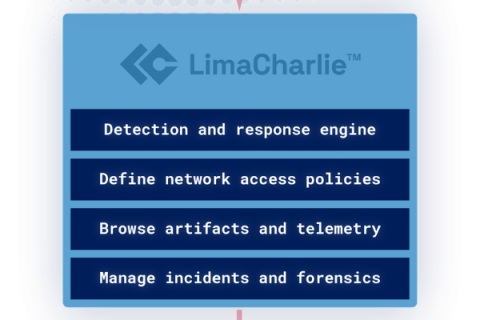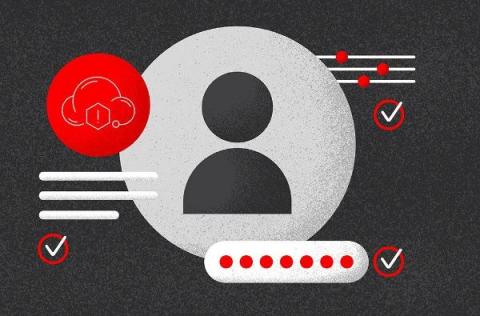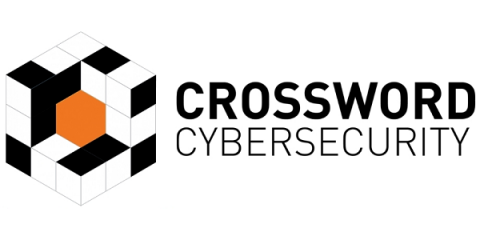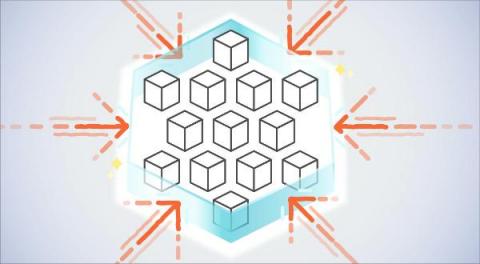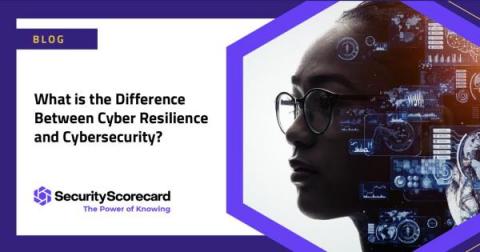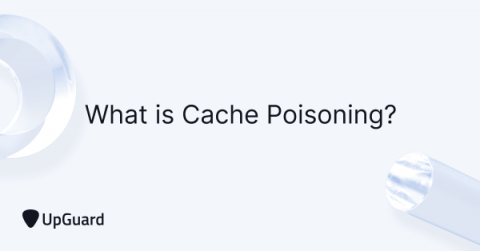Detectify Security Advisor explains account hijacking attack scenarios using abnormal OAuth-flows
While the attack needed for such a single-click account takeover would be complex, the research by Frans Rosén, Security Advisor at Detectify, discovered that some of the most popular consumer and business websites in the world currently are not following the OAuth specification best practices and thus are vulnerable to the attack chain. Rosén recently undertook extensive research on how OAuth tokens could be stolen.



